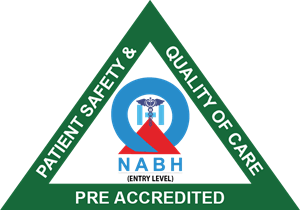- Home
- About
- Specialities
Centers of Excellence
- Facilities
- Procedures
Procedures
- Doctor List
- Health Packages
- Contact


Our Pulmonologists treat various lung ailments including, Asthma, Chronic Obstructive Airway Disease, Lung Cancer, Tuberculosis, various Lung Infections, Interstitial Lung Diseases, Sleep Apnea and Cystic Fibrosis. We help the patients and their families adapt to their illness and help them live healthily in a happy lifestyle.Our Pulmonologists treat various lung ailments including, Asthma, Chronic Obstructive Airway Disease, Lung Cancer, Tuberculosis, various Lung Infections, Interstitial Lung Diseases, Sleep Apnea and Cystic Fibrosis. We help the patients and their families adapt to their illness and help them live healthily in a happy lifestyle.
| OPD | -- |
Get to know our dedicated group of board certified doctors with exemplary qualifications, here to assist you on your healthcare journey.
These are stories that involves resilience, persistence & personal strength. Overcoming odds, difficulty and of course challenges of health, these stories ought to inspire us to look beyond the difficulties because there is always more to our lives than just challenges


You can choose to walk in to meet our doctors in their OPD or better still to book your appointment on line. You don’t need to wait. We have specialists in almost all fields of modern medicine.
We have rendered services in Homoeopathy for over 5 decades.
© copyright 2021 | All rights reserved